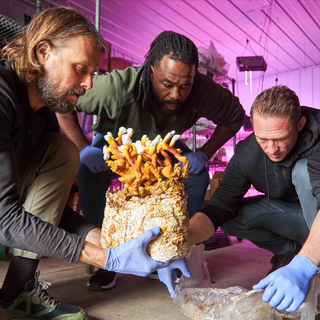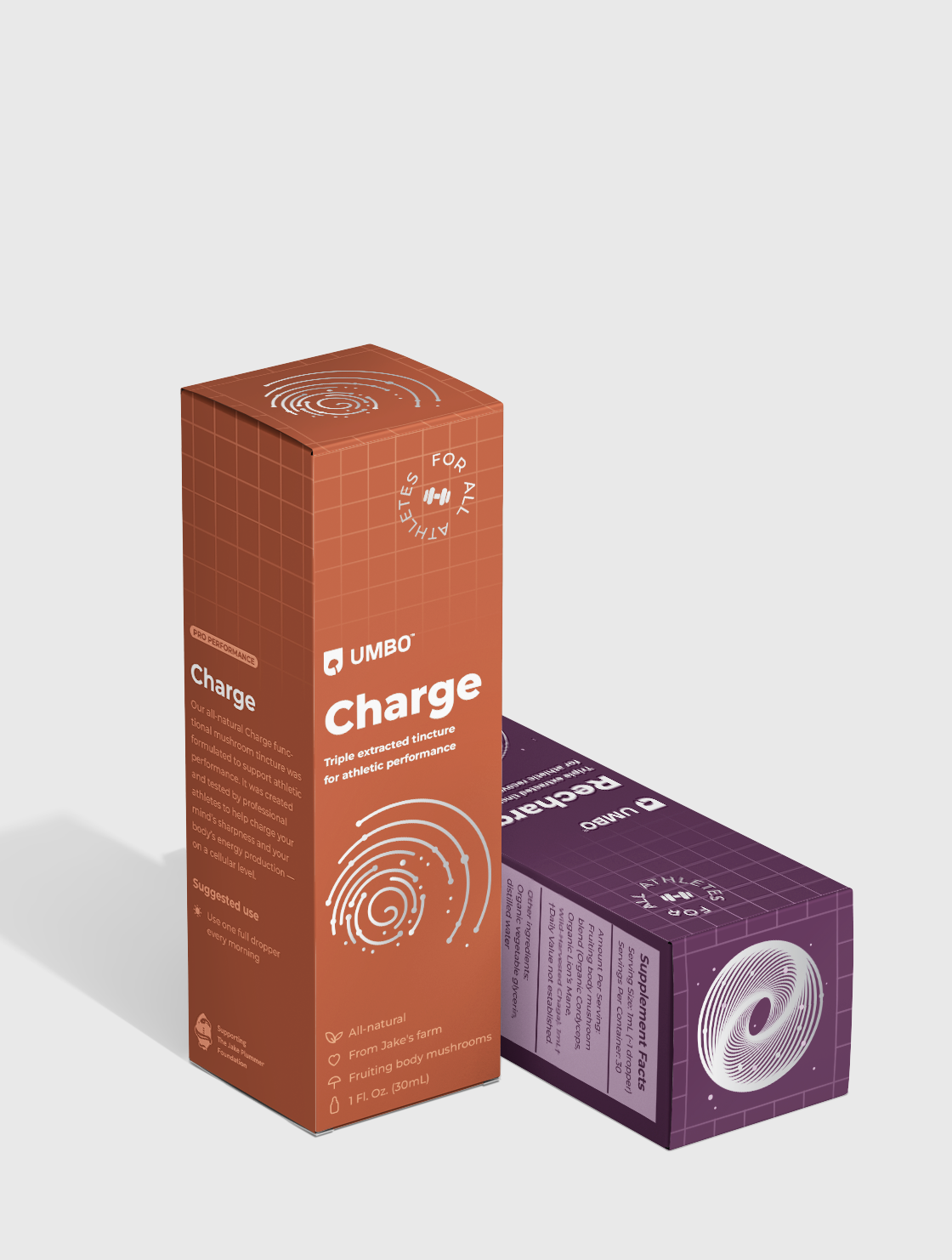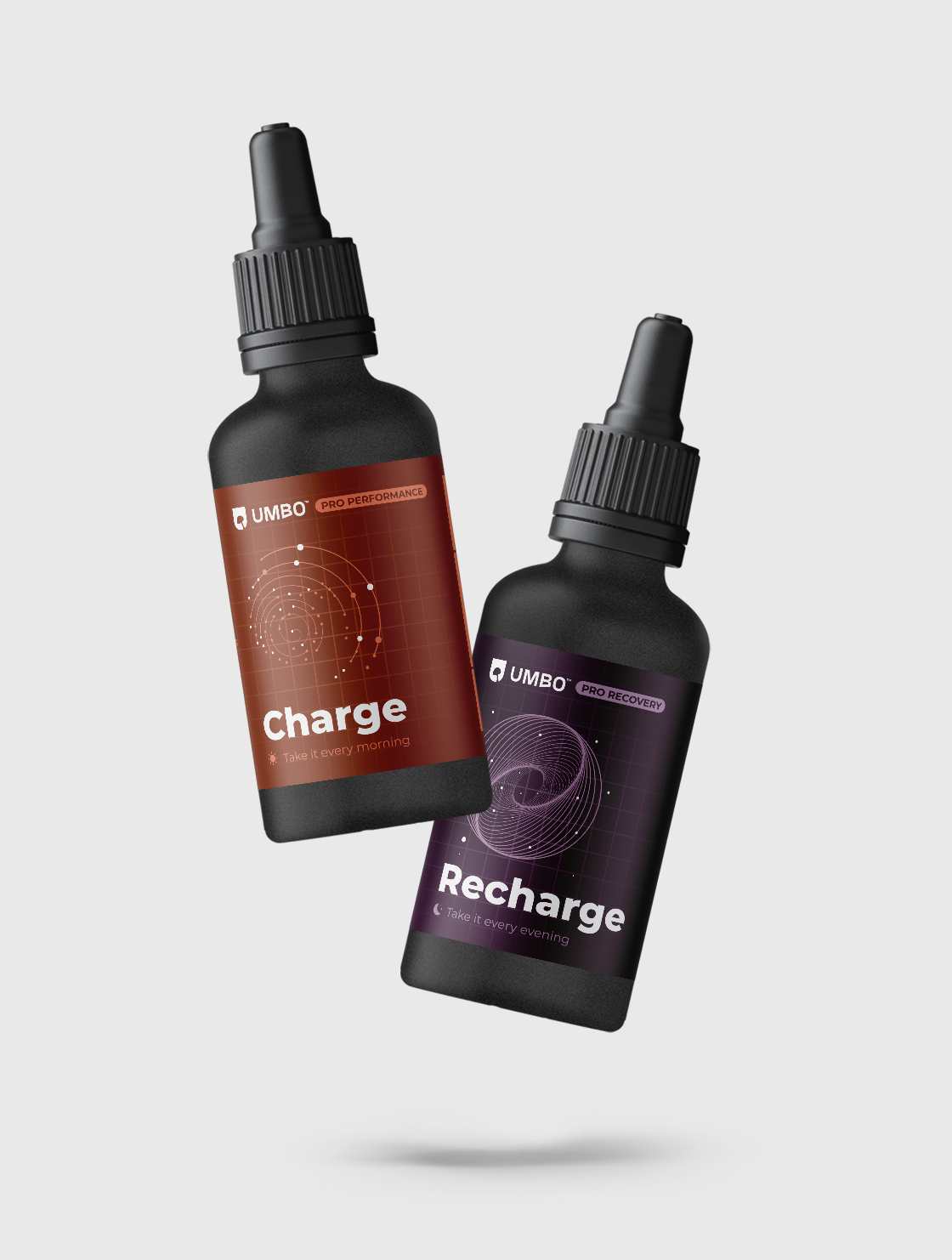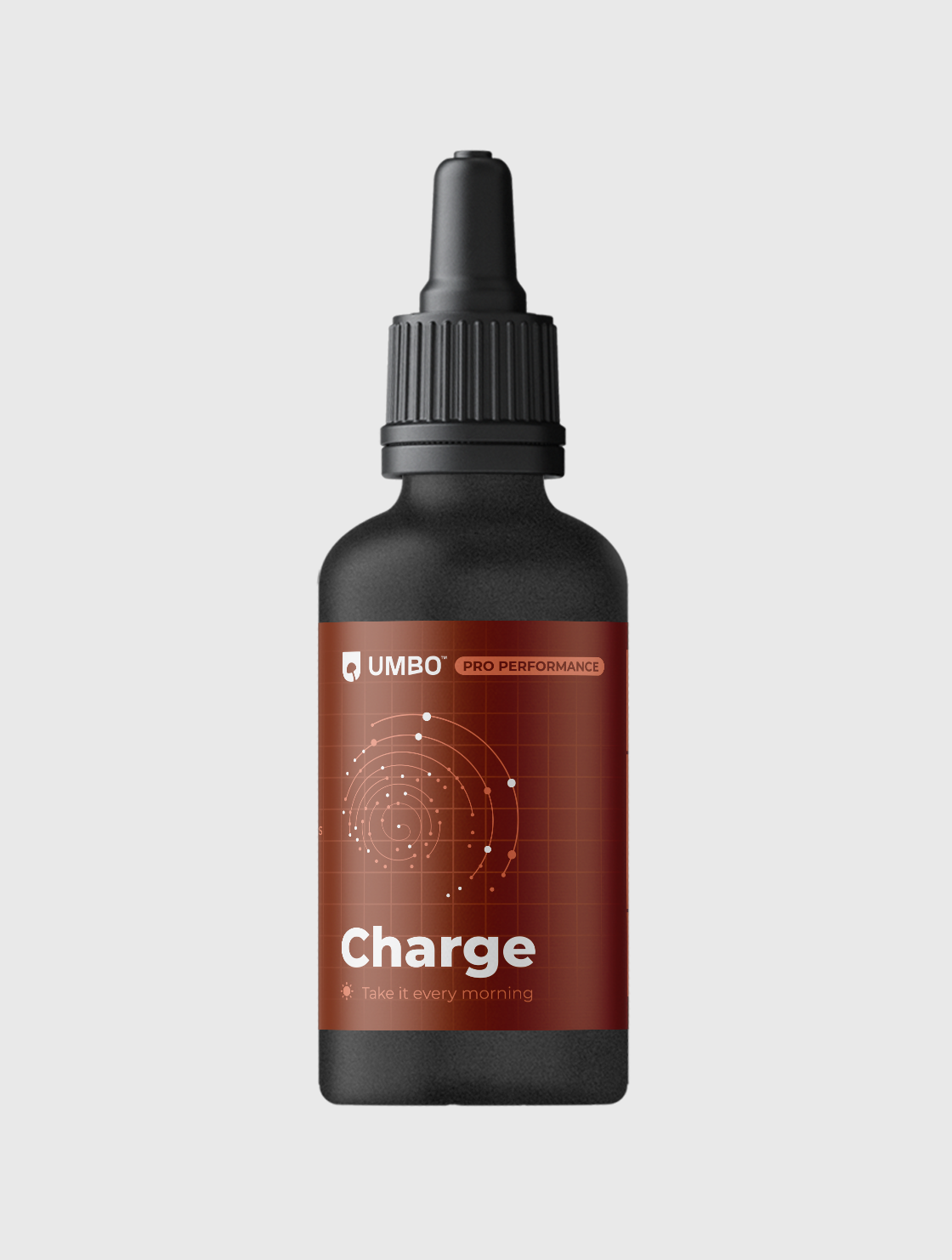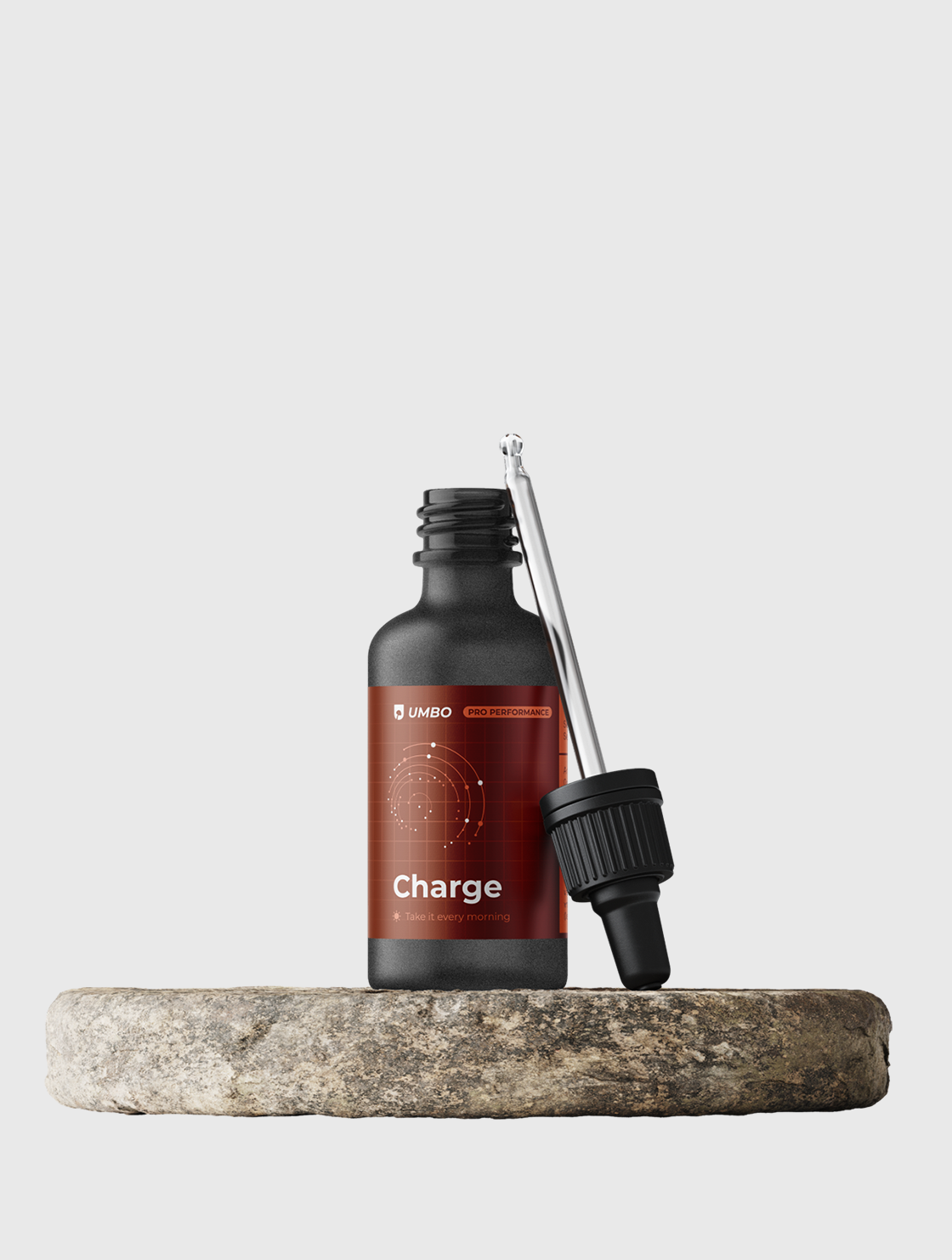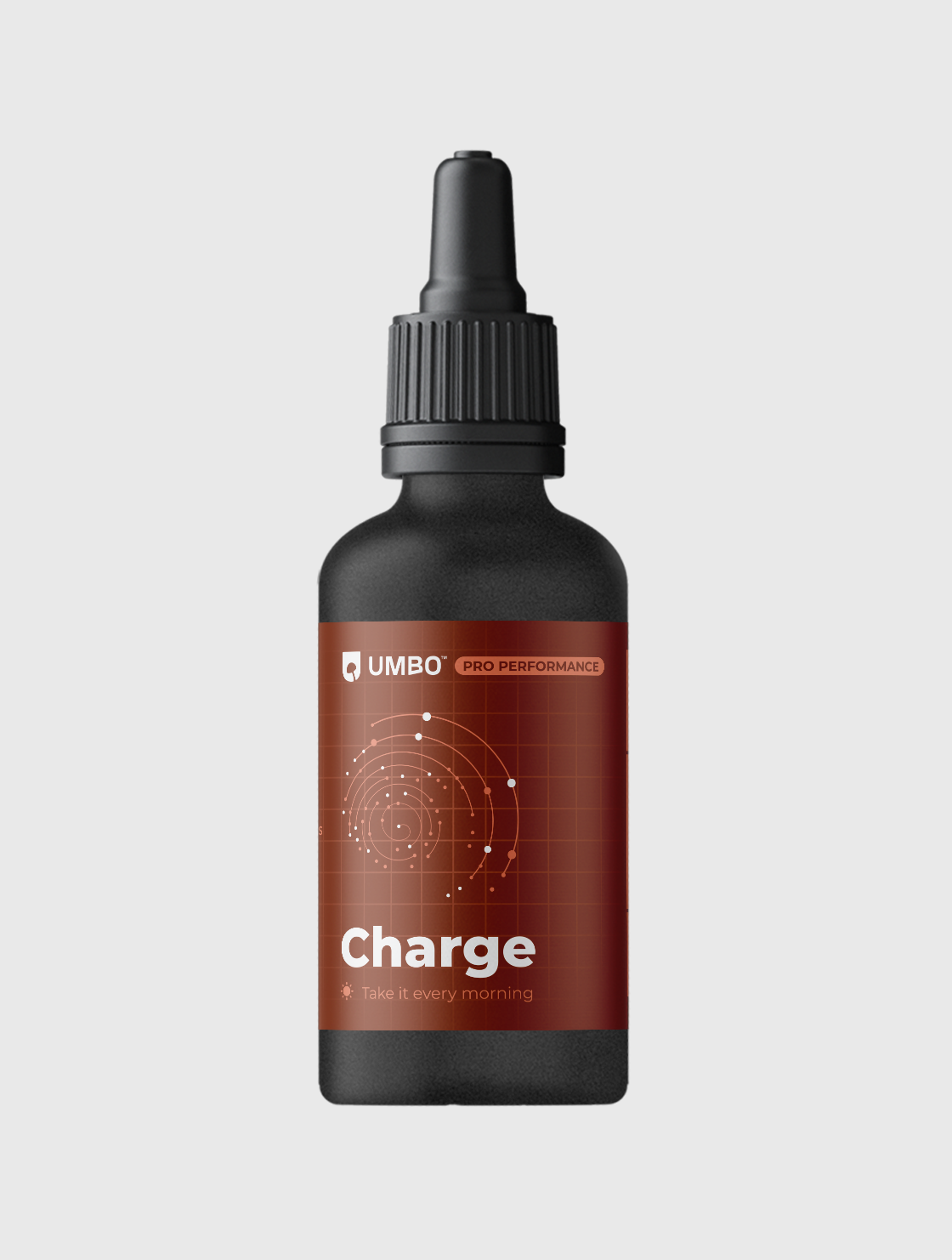It doesn’t matter what kind of athlete we’re talking about — from weekend fun-runners and workout warriors pushing their limits at the gym, to yoga enthusiasts, to college and after-work club team participants, to Olympic athletes balancing workouts with a day job, to elite professionals who get the privilege of devoting their entire lives to their sports. All athletes share a common pursuit of excellence, each on their own journey towards personal and competitive triumphs.
A part of the athlete's diet
Now, functional mushrooms are not a part of a typical athlete’s diet. They should be, but they’re not. Some think mushrooms taste great, but are only for eating. Others are turned off by mushrooms or don’t like their texture. And some think that mushrooms will get you high or make you hallucinate. No, we’re talking about functional mushrooms here, not the ones in your grocery store or the hallucinogenic kind. We’re talking about functional mushrooms like Lion’s Mane, Reishi, and Cordyceps. These are the portion of the gigantic fungi kingdom that can help the health of every single living being on the planet and, more to the point, can help athletes of all kinds level up their athletic performance and athletic recovery.
I like to call it the “fungi queendom” rather than kingdom, because of how it has the potential to heal and nurture us all.
—Jake “The Snake” Plummer
An edge for athletes
Games and competitions are won by milliseconds and millimeters. Athletes are famously and constantly seeking any sort of advantage they can find. (Our founders, former professional athletes Jake Plummer and Rashad Evans, can tell you some stories about the lengths to which their friends, opponents, and teammates went in order to get an edge.) From years of experience, both playing sports professionally and working with professional trainers and nutritionists, we are passionate believers in the power of functional mushrooms to help athletes of all kinds with performance and recovery.
Natural aids for performance and recovery
Mother Nature is a trove of resources for athletes, offering a huge array of natural aids for enhancing athletic performance, recovery, and healing. Botanicals like ashwagandha and rhodiola serve as adaptogens, for example, help manage stress. The healing properties of cannabis and CBD have also gained attention; their anti-inflammatory and pain-relieving qualities can be crucial in post-workout recovery and managing chronic injuries. In fact, our founders, former elite professional athletes Jake Plummer and Rashad Evans, both started down the path of natural nutrition and healing with cannabis, realizing that the cultural stigma associated with the plant was overshadowing its ability to do good. All of which to say, athletes need to take a broader view when it comes to performance and recovery — whatever their goal, the odds are good that there is something from nature that can help. The full spectrum of nature offers athletes a powerful and balanced path to achieving peak performance and wellness.
We know so little about the Fungi kingdom
With all of nature’s bounties, though, it’s worth calling out mushrooms. Fungi are an entire kingdom, boasting an estimated 3.8 million species within it. These fungi play a crucial role in the planet's ecosystem and benefit all of humankind in so many ways. They form symbiotic relationships with plants, helping to absorb nutrients and promoting plant growth. They are decomposers, breaking down organic matter, recycling nutrients, and maintaining soil health. They are a source of medicine, including antibiotics like penicillin, and they contribute to food industries, notably in the production of bread, cheese, and alcoholic beverages. All of these benefits — and there is still so much to know about mushrooms. In fact, we’ve barely scratched the surface. In the most optimistic estimate, science has discovered and named only 8% of the species in the fungi kingdom to date. There is nothing but huge potential for what this kingdom can do for us.
In a very real sense, we here in the United States are only now catching up with ancient wisdom. For centuries, cultures across the globe, from the mountain monks of Tibet to the ancient healers of China, have harnessed the power of functional mushrooms like Reishi, Cordyceps, and Lion's Mane. These fungi were the jewels of their medicine, revered for their ability to boost vitality, sharpen the mind, and help heal. Importantly, we are not just riding some new “superfood” trend here. We are continuing a legacy of natural wellness and strength that has stood the test of time. And as we work to re-learn these age-old insights, we also seek to advance on from them into new and uncharted territory.
Three types of mushrooms
Think of the world of mushrooms in three big buckets: First is gourmet mushrooms, which are the kind humans tend to eat. You’ll be able to find gourmet mushrooms like chanterelles, buttons, portobellos, or cremini in your grocery store, or see them on the menu at your favorite restaurant. Then there are psychedelic mushrooms, such as the mushrooms that contain psilocybin, a psychoactive compound. To get an idea of what a psychedelic mushroom looks like, picture those red mushrooms with white dots that are found in the Super Mario Bros. video game. Lastly, there are functional mushrooms, such as Reishi, Lion’s Mane, or Cordyceps. Often too tough or bitter to eat, these mushrooms typically have loads of beneficial compounds in them.




